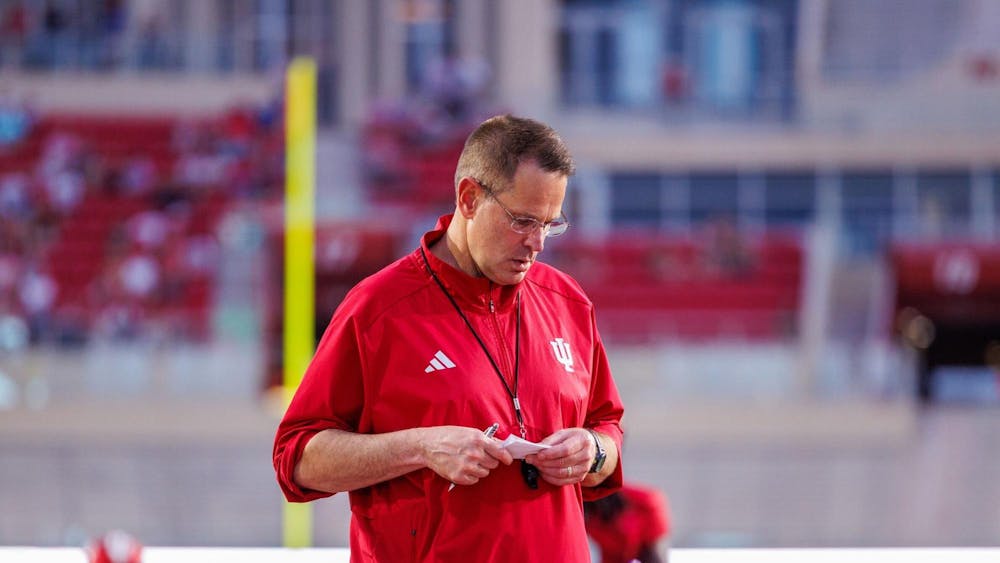The Indiana Commission for Higher Education met Friday to discuss budget recommendations and reiterate the goals outlined in the “Reaching Higher, Achieving More” strategic plan: degree completion, productivity and quality.
The board heard recommendations from Nate Johnson, a consultant for HCM Strategists, on ways to restructure the financial aid system to increase college attendance and completion.
“Indiana’s future depends on the educational attainment of its citizens,” Commissioner Teresa Lubbers said. “Indiana must promote financial aid policies and practices that directly support the preparation, completion and on-time graduation of Hoosier college students.”
Johnson recommended cost transparency, student incentives and on-time completion — recommendations that align with the commission’s strategic plan and push for four-year degree completion.
Kent Scheller, a faculty representative on the Commission, addressed the Bloomington Faculty Council earlier this month with concerns regarding full-time status being 12 credit hours.
“It’s bad for the economy, bad for students and it certainly doesn’t help graduation rates,” he said.
HCM Strategists’ recommendation suggests prorating full-time financial aids on a 15-credit norm based on the finding that most degrees require a minimum of 15 credit hours per semester for on-time completion.
President Michael McRobbie also presented IU’s 2013-15 budget submission to the board, as required by state statute.
McRobbie asked the commission to consider several challenges and opportunities facing IU when reviewing the budget submission, including:
Affordability
IU provided $74.8 million in student financial assistance in 2011-12 as a supplement to both state and federal financial aid. The result is a net cost of $10,324 per year for attending IU.
“This reduces the net cost to half the sticker price of the total of tuition, room and board, books and miscellaneous expenses,” McRobbie said. “The net cost for Bloomington, in particular, is the lowest of all Big Ten institutions.”
Reduced State Funding
“I fully understand the reality of the state’s financial situation, but I want to emphasize IU is enrolling more students with fewer state dollars,” McRobbie said.
He said IU has educated about 12,000 more students in the last six years than it did in the previous six.
Student Debt
“We are at the forefront in Indiana in pursuing initiatives to help students manage the amount of funds they pursue in college,” McRobbie said. “We began by issuing a comprehensive study and student focus groups, and we developed strategies targeted to IU students that will be implemented this academic year.”
The biggest of those strategies, McRobbie said, is the addition of a new Office of Student Financial Literacy.
Rehabilitation and Renovation Funds
IU is currently dealing with $600 million in deferred building maintenance costs systemwide, and McRobbie requested bonding authority for more than $100 million.
The board encouraged IU to look into financing even more of the deferred maintenance with bonds.
Indiana Commission for Higher Education hears budget submissions
Get stories like this in your inbox
Subscribe





